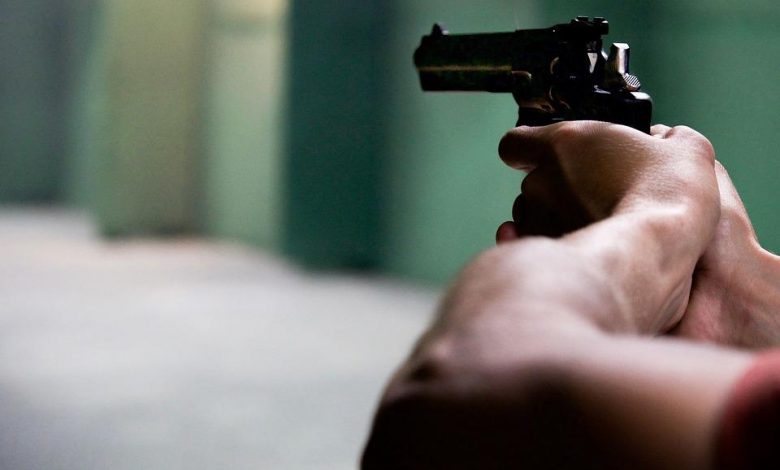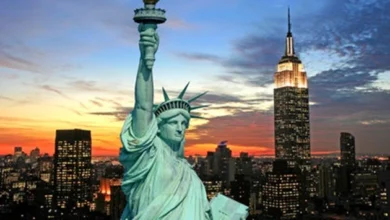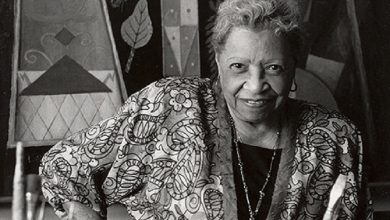US Scientists are bickering over studies that map police brutality against ethnic minorities

After numerous incidents in which police violence against African-Americans raised a lot of questions, the subject was extensively studied by scientists. In a recent survey, they stated that African-American police officers shoot black citizens as often (if not more often) as their white colleagues. That conclusion was shared like wildfire. “Unfairly”, political scientists from Princeton University are now appalled.
“The conclusion of that research is simply indefensible on the basis of the available data,” says Dean Knox, a political scientist at Princeton University. “To defend such a claim, researchers should know how often white and black citizens come into contact with (colored) police officers,” he explains.
The second point of criticism: the scientists did not take into account the possible prejudices of African-American agents. They too may be more suspicious of colored citizens. “Thinking that only white people are prejudiced is nonsense,” says Phillip Atiba Goff, a psychologist at the American Center for Policing Equity.
Police violence against African-Americans
What did the researchers at Michigan State University and the University of Maryland do in their original study? They compiled a list of more than 900 fatal shootings in which the police officers took the initiative. They then requested information from the police departments about the ethnicity of the police officers involved in the shooting.
What turned out? Black minorities were most often shot by black police officers. “Logical,” said the researchers: agents may Patrol their own community more often, thus increasing the risk of deadly encounters.
The conclusion was published by the professional journal, ‘Proceedings of the National Academy of Sciences (PNAS)’, picked up by numerous American media and went around the country in no time. A lot of attention was paid to it because the position goes against everything the international ‘Black Lives Matter’ movement stands for. The movement protests against the police brutality against African-Americans, and especially the bias that would prevail among white police officers.
Thinking exercise
Dean Knox answers the conclusion of the researchers at Michigan State University and the University of Maryland with a thinking exercise. Suppose a black police officer meets 90 African-Americans and 10 white Americans, while a white officer meets the exact opposite (10 African-Americans and 90 white Americans). Both police officers shoot five black civilians and nine white civilians, which makes the statement of the investigation true: the chances of a white police officer shooting a black citizen are the same as the chances of an African-American officer shooting. “But,” says Knox, “the white officer actually shot 50 percent of the black civilians he met. The black officer shot only 10% of black civilians.”
Knox and colleagues submitted their criticism in the form of a paper to the professional journal, PNAS, but it was not published “on the basis of an editorial decision”.
Answer
In the meantime, however, the comment reached the University of Maryland research team. Author David Johnson replied in advance that his team will publish an official response that takes into account the criticisms. “These are questions that we can easily answer with the data that we have,” said Johnson.




